Mfg process
Overview of socks manufacturing process
The whole socks manufacturing process does involve many steps, and the coordination between these steps makes the whole process time-consuming.1.Pattern coding
2.Yarn preparation
3.Knitting
4.Linking or Sewing
5.First Inspection
6.Boarding
7.Second Inspection
8.Pairing & Labelling
9.Needle Inspection
10.Packing
1.Pattern coding
What our clients provide us are the sock designs, however sock knitting machine are not that intelligent to read the designs directly. A professional coding team who are familiar with sock pattern and mahine mechanism will do this job. They will transfer your vector designs into bitmap designs and then codes that the knitting machines can read.
2.Yarn Preparation
In the order details we have confirmed 2 important things regardign yarn: Composition and Colors.
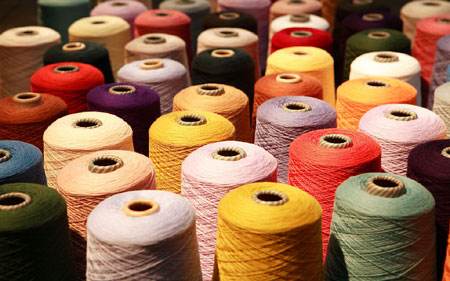
What are Sock Materials (Socks Yarn)
You may wonder what¡¯s behind a beautiful pair of socks. Well, yarns. There are a whole bunch of yarns used for producing colorful socks, getting to know these yarns are relatively difficult, even for those in the socks industry. However, this page will give you an easy & quick guide on differnet sock materials. Generally, [¡]
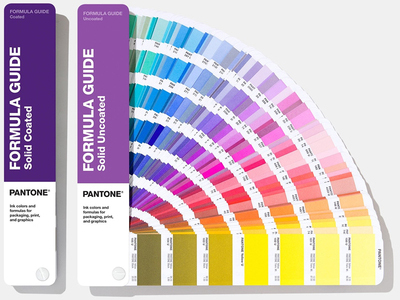
3.Knitting socks
Using programmed codes in step 1, multitude of needles then knit the various threads into a series of interlocking loops. Computerized sock knitting machines work at high speeds and can easily be programmed to produce a wide variety of socks. 1st inline-inspection is implemented here to avoid mistakes like length, trimming, interlocking etc.
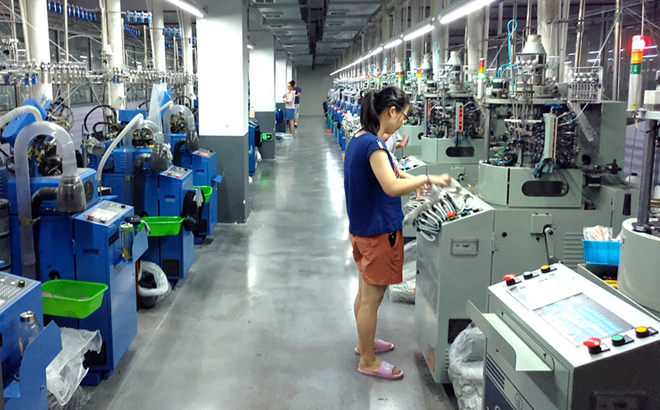
4.Linking/Sewing socks
Knitting makes a cylinder tube, thus we need to the sewing process in order to link the seperated toe parts together. This is usually done by machine, which is quick. Sometimes this process is also done by manual work, which costs a lot of time. Since the socks are sewed one by one, our skilled workers can easily find defective socks and clear them away from the majority, which is the 2nd inline-inspection.
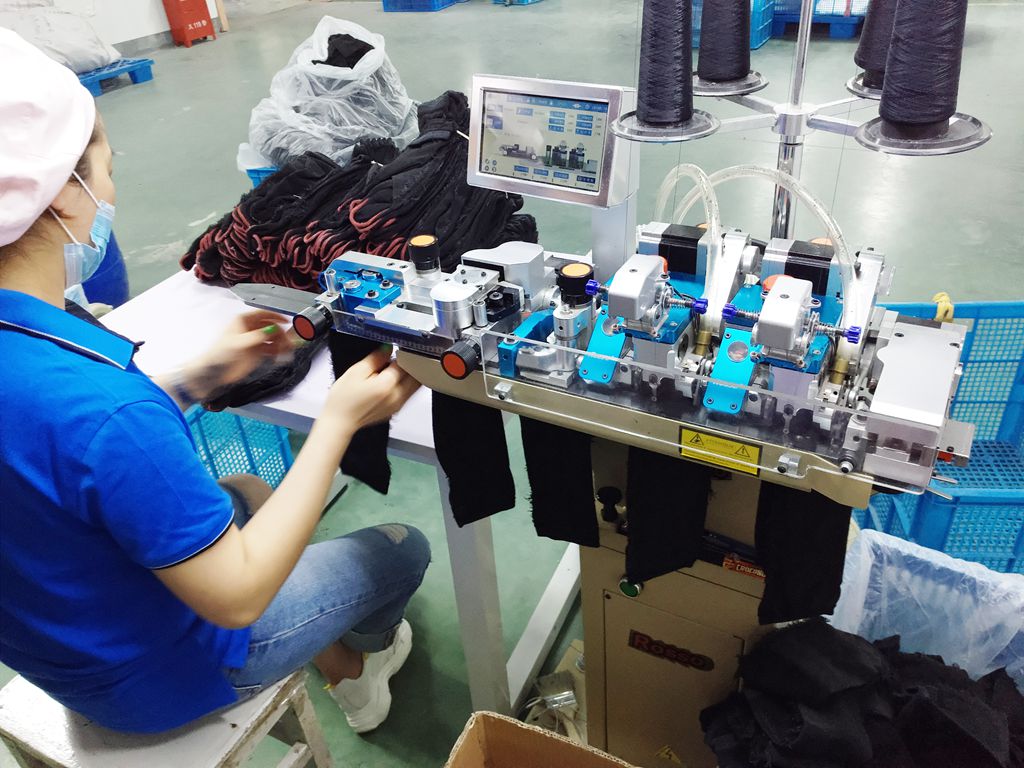
5.Boarding socks
The boarding process is actually implemented to keep the socks in good shape, so that they can easily be paired and packed. One more thing to note here is that the boarding step also keep the socks clean and soft by experiencing steams under a fixed pressure and temperature. After boarding, the socks will naturally dryed.
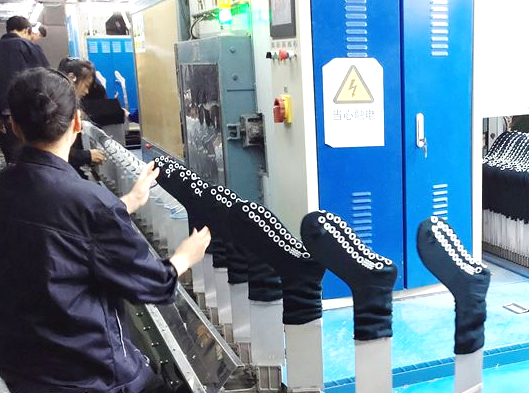
6.Pairing & Labelling socks
This is the final inspection step to see if there is any deflection on the socks. The left and right socks are paired together and then passed on to be private labelled. You can choose hangtags or bands to label your socks.

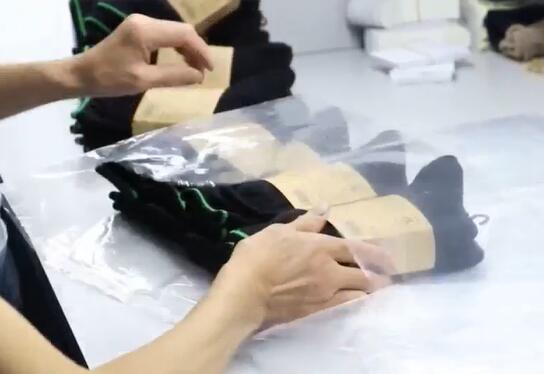
7.Needle Inspection socks
This is a very important step.

8.Finished Warehouse
This is the last step before delivery.
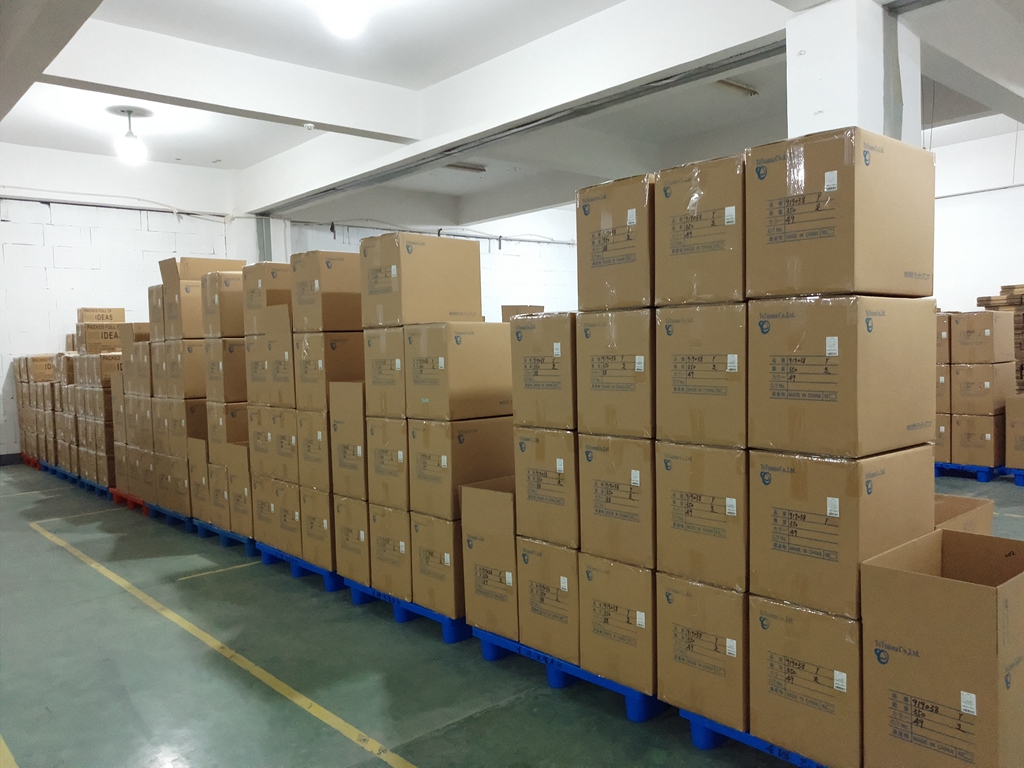
Contact Us
Haining Jireh Knitting Co., Ltd.
Address: No.6, Hengshan Rd., Haichang St., Haining, Zhejiang, China
Tel: +86 138 5739 9815
E-mail: info@jirehsocks.com
Web: www.jirehsocks.com

Focus on us